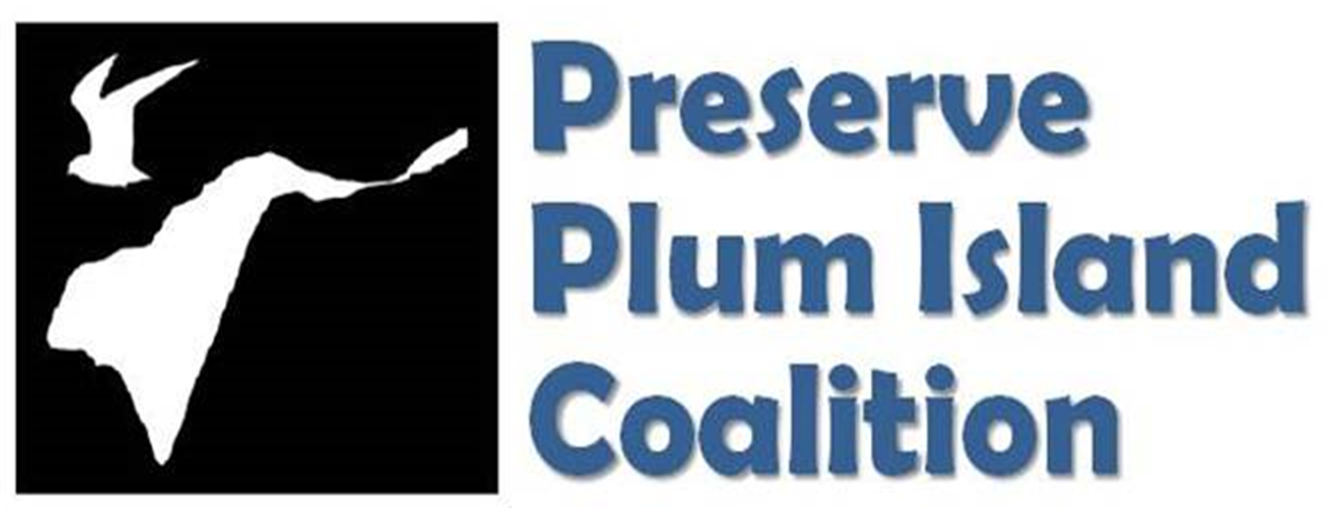Beach Plum
FLORA
Despite the more than half a century of active use by staff at the Center, Plum Island still contains significant natural resources and possesses remarkable scenic, environmental value and recreational potential. The island has a mixture of rocky shoreline, sand beaches, wetlands, and various upland shrub, grassland, and forest habitats.
Several regionally rare plant species occur here, including Scotch loveage, slender knotweed, and sea-beach knotweed. A stand of blackjack oak represents the northernmost extent of the range of the species. Additionally, several rare species of orchids, such as Spring Ladies’ Tresses, and carnivorous plants are found here. In addition, the island is extensively vegetated by several dozen woody and herbaceous plants and this vegetation provides habitat that supports a wide variety of bird and insect species. The large freshwater wetland situated in the southeastern section of the island offers suitable habitat for dozens of wetland dependent plant and animal species.
According to historical data this wetland once comprised one of the larger Atlantic White Cedar swamps (now a rather rare type of wetland community in the state) in coastal New York and there may be opportunities for community restoration. The maritime dune community found on the island, dominated by grasses and low shrubs, is a New York State Natural Heritage Program ranked community. This community consists of a mosaic of vegetation patches, reflecting past disturbances such as sand deposition, erosion, and dune migration. The composition and structure of the vegetation is variable depending on stability of the dunes, amounts of sand deposition and erosion, and distance from the ocean.
Read more about the flora of Plum Island: From the Journal of the Torrey Botanical Society
2010 report to USFWS on the historical and extant rare, protected & noteworthy plants of Plum Island

